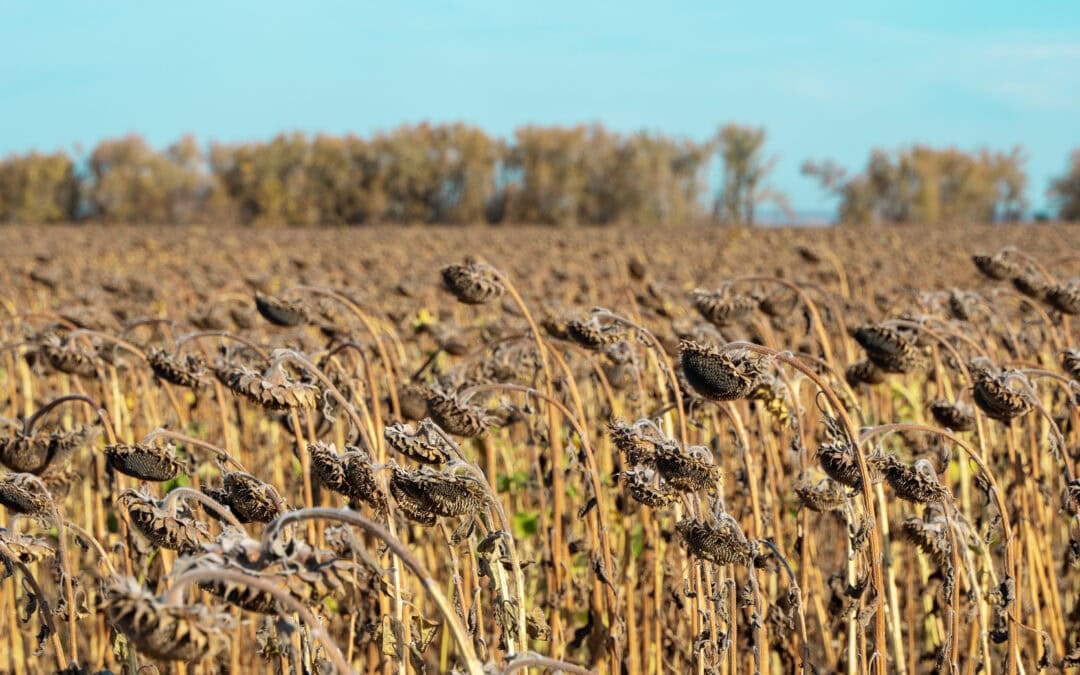Chemical contamination is a critical issue that poses significant health and environmental risks. Gaining a comprehensive understanding of this matter will enable landowners to identify, manage, and mitigate possible hazards associated with this problem effectively.
Understanding Chemical Contamination
Chemical contamination refers to the presence of chemicals, naturally or unnaturally, in the environment, which can harm living organisms or disrupt natural processes. In the context of land, chemical contamination happens when hazardous substances seep into the ground. They may originate from various sources like industrial activities, agricultural practices, or even household waste. These pollutants can significantly affect the quality of soil and groundwater, and can disrupt the health of humans and local wildlife.
Common Types of Chemicals that Cause Land Contamination
Several types of chemicals can cause land contamination, including, but not limited to those listed below.
- Heavy metals from industrial waste, such as lead, mercury, benzene, and arsenic, can be hazardous.
- Pesticides and herbicides, usually used in agriculture, can also contribute to land contamination.
- Petroleum products, such as spilled oil or fuel, can contaminate the soil.
- Radioactive materials, although less common, are particularly dangerous as they can cause severe health issues and environmental damage.
The Role of Landowners in Handling Chemical Contamination
Landowners play a vital role in the identification, prevention, and remediation of chemical contamination on their properties. Their actions directly impact the health of the surrounding ecosystem and community.
Identifying Signs of Chemical Contamination on Your Land
Addressing chemical contamination on your land is a process that requires immediate action, professional help, and diligent follow-ups. Several signs can indicate possible chemical contamination on your land.
- Changes in the property’s landscape, such as unexplained dead patches of grass or plants, can be one key indication.
- Poor crop yields, soil discoloration, or unusual odors can also suggest possible contamination.
- Groundwater sources like wells may show changes in water color, taste, or smell.
This initial investigation step may involve collecting samples from the soil, groundwater, or surface water for laboratory testing. The results of these tests will reveal the presence and concentration of any contaminants. It’s recommended to work with environmental consultants or professionals specialized in soil testing to ensure accuracy.
The Causes and Effects of Land Contamination
Land contamination can be caused by numerous sources, including industrial waste, agricultural activities, inadequate waste disposal, and accidental chemical spills. The effects can be profound, leading to damage to the ecosystem, reduction in land value, and serious health problems for humans and wildlife. Contaminated land can affect groundwater quality, disrupt the growth of plants, and can even lead to the extinction of certain species in severe cases.
Legacy Litigation for Chemical Contamination
If chemical contamination is brought about through the actions of another party, a landowner might pursue legal action. This is especially true in cases where the contamination is a result of industrial activities such as historic oil and gas operations, manufacturing, or improper waste disposal.
In these instances, Legacy litigation can help landowners hold responsible parties accountable for the cleanup and remediation of the land, as well as potential compensation for the diminished value of the property.
The Role of a Legacy Litigation Attorney in Chemical Contamination Case
A Legacy litigation attorney plays a pivotal role in a chemical contamination case. Their expertise spans identifying responsible parties, interpreting complex laws, negotiating with corporations and their attorneys, and representing the landowner in court if necessary. They ensure that the case is thoroughly prepared, with robust scientific evidence and expert witnesses to support the landowner’s claims.
A Legacy litigation attorney then acts as the defender of the landowner’s rights. They guide the landowner through the complexities of the law and work to ensure that the landowner receives a fair outcome. This may include advocating for a comprehensive clean-up of the property, securing financial compensation for the landowner, or both.
Choosing the Right Legacy Litigation Attorney for Your Case
Selecting the right Legacy litigation attorney is a crucial step. Look for an attorney with proven experience in handling Legacy litigation cases and a deep understanding of Louisiana’s environmental and property laws. It’s also beneficial to find an attorney who is well-versed in the scientific aspects of chemical contamination. A strong attorney-client relationship, marked by clear communication and trust, will also be a key factor in effectively navigating a Legacy litigation case.
Finding Legal Assistance in Chemical Contamination Cases
At Talbot, Carmouche & Marcello, we recognize that land contamination of any kind can have long-standing and detrimental effects on a property’s value, not to mention the potential health risks it can pose. Our approach is not just about legal representation, but about ensuring the necessary remediation is done to restore the land to a safe and healthy condition.
Working with Talbot, Carmouche & Marcello offers landowners the assurance of a robust and thorough representation in Legacy litigation cases. The firm brings decades of experience and success, with over $3 billion in verdicts and settlements won for our clients.
If your land has been affected by chemical contamination, reach out to us for a free consultation to share the details of your case.

